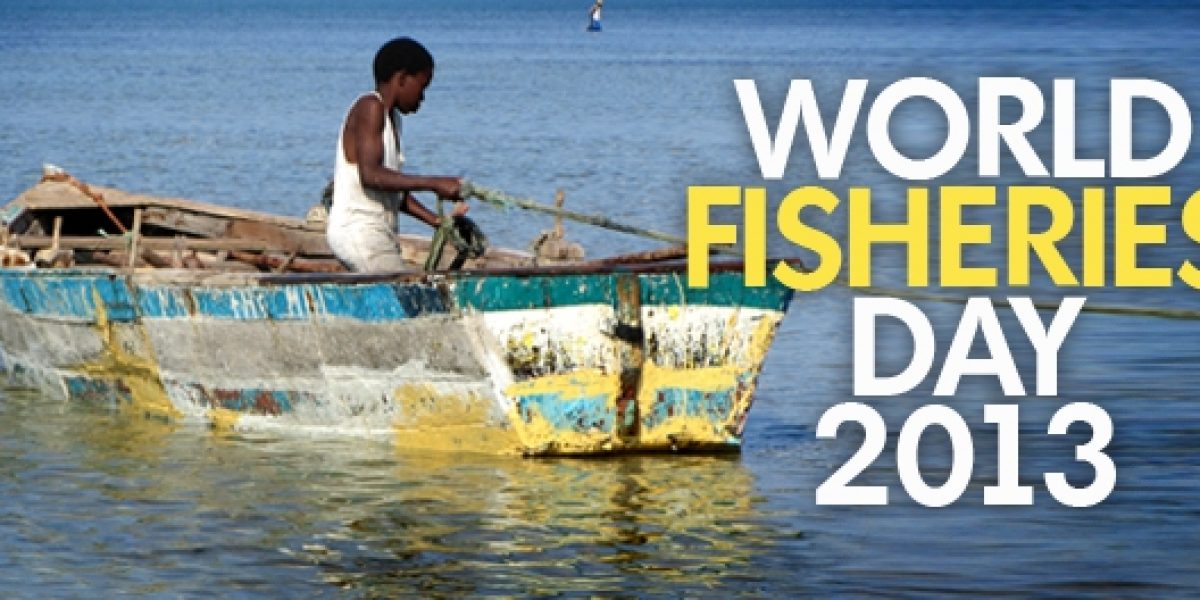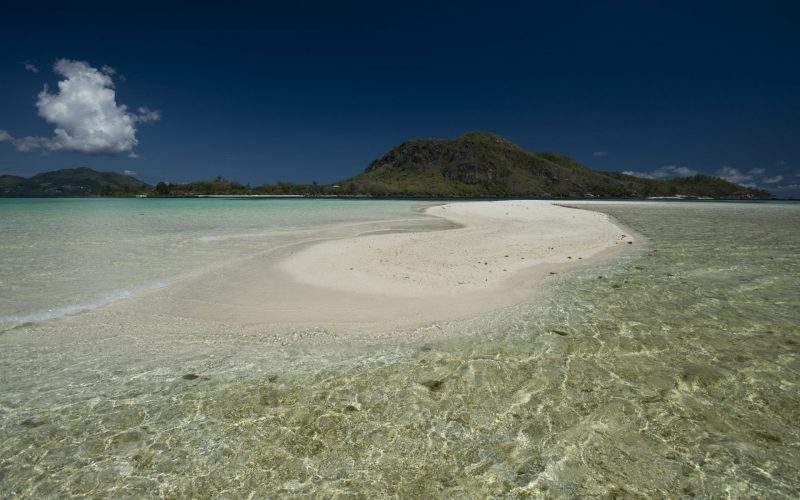During Parliament’s public hearings on the Marine Living Resources Amendment Bill in October 2013 the inputs from various small-scale fisheries associations and NGOs coalesced around a central message: pass this legislation without delay, the wait has been long enough!
South Africa’s fisheries legislation has been structured around three primary categories: commercial operators who were allocated individual quotas; a recreational sector; and a large subsistence category which incorporated a wide range of fishers targeting near shore resources. This framing of the sector, however, excluded thousands of small-scale fishers who were unable to secure the limited individual commercial fishing rights available, yet engaged in fishing as a commercial livelihood rather than fishing ‘for the pot’ on a subsistence level.
In many cases excluded fishers continued to exercise what they felt was their historical right to access marine resources, contributing to an opaque environment where illegal fisheries and overfishing have greatly reduced South Africa’s near-shore fish stocks, particularly high-value abalone and rock lobster. Interim relief quotas were introduced as a stop-gap measure to accommodate a greater number of small-scale fishers, but these were seen as inadequate in formalising the small-scale sector and have also been implicated in overfishing of the allowable quotas.
Watch a special video interview with the author, on Fisheries in Africa (December 2013)
The adoption of South Africa’s Small-Scale Fisheries Policy in June 2012 was an important milestone in addressing the shortcomings of the country’s fisheries governance system, but the implementation of many aspects of the policy, including such central issues as the allocation of quotas to small-scale fishers, cannot proceed without the passing of the Marine Living Resources Amendment Bill. The principal feature of the new legislation is that the small-scale fishers sector will no longer be allocated limited individual rights or temporary interim relief quotas, but rather receive collective rights allocated to fisheries co-operatives. Fishers will also be allowed to target several fish species rather than being allocated rights to a specific species. This approach overcomes seasonal variability and is more in line with the historic, diversified and economically viable practices of small-scale fishers.
The struggle by South African small-scale fishers for formal recognition and support is mirrored in many fisheries-dependant economies, where large-scale industrial fisheries have tended to be prioritised in both the policy and research communities.
In recent years, however, there has been growing recognition of the role that small-scale fisheries can play in supporting livelihoods and contributing to food security, particularly within remote coastal communities where alternative livelihoods may be scarce. In 2011 the UN’s Food and Agriculture Organisation (FAO) initiated a wide-ranging consultative process aimed at the development of an international instrument in the form of guidelines for securing sustainable small-scale fisheries (SSF Guidelines). The process is expected to lead to the adoption of the SSF Guidelines at the 31st session of the FAO Committee on Fisheries in June 2014.
Despite the progress made in the governance of small-scale fisheries, research conducted by SAIIA on fisheries governance in Uganda and Mozambique has underlined the complexities faced in the sector.
Increasing numbers of fishers entering the sector, improved technologies that allow fishers to more effectively target existing stocks, limited monitoring capacity by fisheries officials, and widespread illegal fishing practices threaten the sustainability of many small-scale fishing communities. There is a strong sense of optimism that South Africa’s Small-Scale Fisheries Policy and the reform of the Marine Living Resources Act will allow numerous historic fishing communities that have long been excluded from the formal fisheries sector to again pursue a legal and economically viable livelihood, contributing to the revitalisation of many of South Africa’s coastal towns.
Questions remain, however, regarding the ability of South Africa’s near shore stocks to support an expanded small-scale sector. In 2012 the Department of Agriculture, Forestry and Fisheries (DAFF) released a report on the status of South Africa’s marine fishery resources, which noted that “most linefish stocks are currently in a collapsed state”. Abalone and rock lobster stocks, the most high value species for small scale fishers, are also in a collapsed state, with rock lobster populations at 3.5% of pristine levels. The Southern African Sustainable Seafood Initiative (SASSI) recently downgraded west coast rock lobster from a green to orange listing (encouraging consumers to think twice before buying due to sustainability concerns), a decision which DAFF has argued is unjustifiable given the rock lobster recovery plan currently being implemented by the department. However, SASSI has noted that rock lobster stocks remain at critically low levels and widespread illegal and unreported fishing have not been effectively addressed.
The reform process currently underway to allow historic small-scale fishing communities to participate legally in South Africa’s fishing sector is a critical development in redressing the inequity of South Africa’s fisheries governance system. There is a compelling case for the inclusion of a greater number of small-scale fishers on the grounds of social justice and economic development; however, the biological status of South Africa’s near-shore fisheries stocks are undeniably under severe pressure.
Without more effective efforts to address illegal fishing and overfishing, therefore, the progress in small-scale fisheries policy reform may represent a hollow victory for fisheries communities.
Related resources
- Small-Scale Fisheries in a Modernising Economy: Opportunities and Challenges in Mozambique, by Alex Benkenstein, SAIIA Report No 13 (August 2013)
- ‘Troubled Waters’ Sustaining Uganda’s Lake Victoria Nile Perch Fishery, by Alex Benkenstein, SAIIA Research Report No 9 (October 2011)








